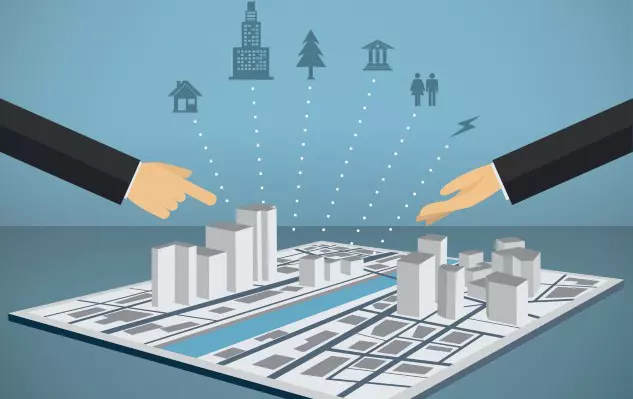What the ITS European Congress 2025 Revealed about Tomorrow’s Mobility




As the 2025 ITS Congress approaches, we conducted an interview with Joost Vantomme, CEO of ERTICO – ITS Europe, to explore what makes this year’s gathering in Seville a milestone for intelligent mobility. With over three decades of experience at…


Interview by Elena Meleshkina Today, our guest is Olga Gavrić, assistant professor at the University of Belgrade, Faculty of Agriculture. With a strong academic background in sustainability and practical experience in applying circular economy principles, she brings a unique perspective…

The 5th Athens ESG Forum will take place on June 26, 2025, in Athens, Greece. The event will gather over 300 sustainability leaders, industry experts, and key stakeholders committed to advancing ESG principles and driving a more sustainable and resilient…


On April 2, 2025, the World Business Council for Sustainable Development (WBCSD) has announced the recipients of the 2025 Leading Women Awards, celebrating five exceptional female leaders who are driving transformative change in corporate sustainability. The awards ceremony took place…